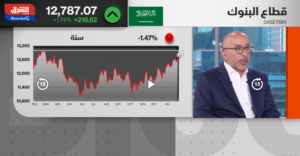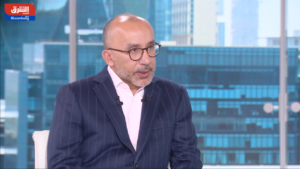The gap that has opened up in prices between primary and secondary property markets is mostly attributable to the “cost of money” trade. Developers are directly lending to customers via extensive post-handover payment plans and building the cost into their prices.
This allows investors to rent out their properties, with a high — but declining, as incremental instalments get paid — return on equity. This is sort of a turbocharged, steroid-injected fixed deposit, and without the hassle of approvals required for financing.
While this has opened up a new market for investors — and a lucrative spigot for intermediaries — it also implies developers are increasingly taking up credit risk on their balance-sheets. If default rates rise, the impact on profitability may well be substantial. This has been the reason why developer stocks have borne the brunt of the recent capital market correction.
In the secondary market, investors can only sell either a) at lower prices, reflecting this cost of money discount, and/or b) resort to the same mechanism of offering payment plans to compete. We are starting to see these patterns emerge.
At a market microstructure level, this calls out for a number of moves. It is self-evident that direct lending requires some sort of oversight, given the blurring of the property and financial services sectors, earlier demarcated with separate mortgage lending arms.
Regulation has historically been opposed, but as the performance of every economy becomes more sensitive to asset price movements, it becomes imperative to cushion this volatility to facilitate capital formation. Especially as the economy transitions from a “rent seeking” structure to a more sustainable, resource generating one, spurred on by business creation.
Secondly, and perhaps more critically, this calls into question the role of the investor and the nature of the asset class itself. Despite broker talk to the contrary, studies have shown that over the longer term, more than two-thirds of the return generated from real estate has been due to rental incomes and not capital gains.
It has only been in the last 20-odd years that capital gains have come to dominate the narrative of real estate discourse. In the new economy, we are seeing a slow reversion to real estate playing its historical role. As the phenomenon of flipping continues to recede as a practice, what we are left with are heterogenous thin-volume markets and increasingly aggressive sales tactics.
Some of these require further overview; others will simply get baked into the price action itself. It is critical to observe that as the market starts to get increasingly fragmented — into communities of various income, locational, ethnic and other strata — price variability has increased. The min-max levels recorded are twice as much as what they were in 2012.
Once again, this calls into question the performance measurement of the asset class into question. It is inevitable that data providers will increasingly provide community specific and primary/secondary indicators, as the level of data mining becomes more sophisticated.
Index providers have not taken this price variability into account, as they have in international markets. It is likely that this will start to change in 2019 itself.
Mathematically speaking, we are at the outer limits of what these post-handover payment plans can stretch to. It is increasingly likely that due to endogenous as well as exogenous factors, these plans will start to be offered more selectively as data on buyer profiles become available from experience.
Developers, especially smaller ones, will be unable to provide incentives such as this, and apart from price discounts, will be squeezed out, either through consolidation and/or project delays. This necessitates the pace of development will slow.
We have seen this phenomenon from 2014 onwards, despite analyst projections. In the years ahead, handovers will continue to slow, itself leading to the cost of money gap narrowing.
Supply concerns appear to be overblown — the demand end of the curve is what will require further scrutiny as the supply pipeline recalibrates.
Sameer Lakhani is Managing Director of Global Capital Partners.





